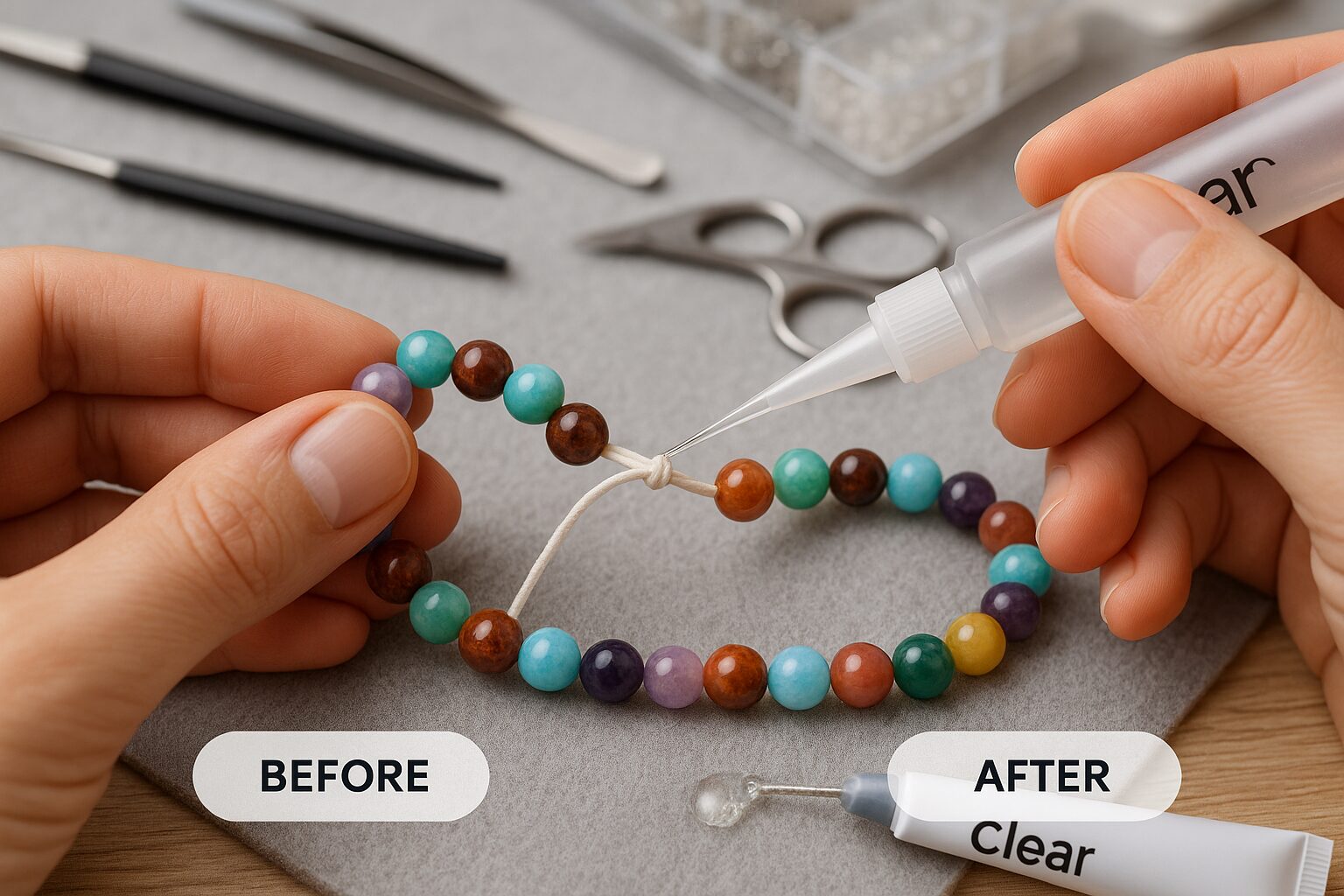Structural adhesives are the backbone of high-stakes industries like aerospace and construction, offering unmatched strength and durability for load-bearing applications. From bonding aircraft wings to reinforcing skyscraper facades, these adhesives outperform traditional fasteners in many scenarios. This article explores how structural adhesives are used in aerospace and construction, their benefits, and why they’re a game-changer for modern engineering. At Gh1200, we provide cutting-edge structural adhesives for your toughest projects.

What Are Structural Adhesives?
Structural adhesives are high-strength bonding agents designed to bear significant loads, making them ideal for permanent, critical applications. Unlike non-structural adhesives used for lighter tasks, structural adhesives like epoxies and polyurethanes offer exceptional shear strength and durability.
For a detailed comparison, see our structural adhesives vs non-structural adhesives.
Key properties include:
- High load-bearing capacity.
- Resistance to environmental stressors (e.g., heat, moisture).
- Compatibility with metals, composites, and concrete.
Structural Adhesives in Aerospace
In aerospace, structural adhesives are critical for assembling lightweight, high-performance aircraft. They reduce weight, enhance durability, and improve aerodynamics compared to mechanical fasteners like rivets.
Key Applications
- Composite Bonding: Adhesives bond carbon fiber composites in aircraft wings and fuselages, ensuring strength without added weight.
- Structural Assembly: Epoxy adhesives join critical components like wing spars and tail assemblies in Boeing 787 or Airbus A350 aircraft.
- Vibration Damping: Adhesives absorb vibrations, extending component life in high-stress environments.
Benefits
- Lightweight: Adhesives reduce aircraft weight by up to 15%, improving fuel efficiency.
- Corrosion Resistance: Unlike metal fasteners, adhesives prevent galvanic corrosion in mixed-material assemblies.
- Aesthetic Finish: Adhesives create smooth surfaces, enhancing aerodynamics.
Structural Adhesives in Construction
In construction, structural adhesives enable innovative designs and faster project timelines. They bond materials like concrete, steel, and glass, offering flexibility and strength for modern infrastructure.
Key Applications
- Bridge Building: Polyurethane adhesives reinforce joints in steel or concrete bridges, enhancing load capacity.
- Facade Bonding: Adhesives secure glass or metal panels in skyscrapers, enabling sleek, modern designs.
- Concrete Reinforcement: Epoxies bond rebar or repair cracks, extending structure lifespan.
Benefits
- Durability: Adhesives withstand weathering, ensuring long-term stability.
- Reduced Construction Time: Adhesives eliminate drilling or welding, speeding up assembly.
- Aesthetic Flexibility: Seamless bonding supports innovative architectural designs.
Structural Adhesives vs. Mechanical Fasteners
Structural adhesives often outperform traditional fasteners in aerospace and construction. Here’s a comparison:
| Aspect | Structural Adhesives | Mechanical Fasteners |
|---|---|---|
| Weight | Lightweight, ideal for aerospace | Heavier, adds bulk |
| Strength | High shear strength, uniform load distribution | Strong but stress points at fastenings |
| Corrosion | Corrosion-resistant | Prone to rust or galvanic corrosion |
| Installation | Faster, no drilling | Time-consuming, requires tools |
| Aesthetics | Seamless, smooth finish | Visible bolts or rivets |
Conclusion
Structural adhesives revolutionize aerospace and construction by offering lightweight, durable, and efficient bonding solutions. From aircraft assembly to skyscraper facades, these adhesives outperform traditional fasteners in strength and versatility. Discover how Gh1200’s structural adhesives can elevate your next project for tailored solutions and expert support.
Frequently Asked Questions (FAQs)
What are structural adhesives used for in aerospace?
Structural adhesives bond composites, assemble wings, and dampen vibrations in aircraft, improving strength and reducing weight.
How do structural adhesives benefit construction projects?
They enhance durability, reduce construction time, and enable aesthetic designs by bonding concrete, steel, or glass seamlessly.
Which types of structural adhesives are best for aerospace?
Epoxy and acrylic adhesives are ideal for aerospace due to their high strength and compatibility with composites.
What makes structural adhesives reliable in high-stress environments?
Their high shear strength, environmental resistance, and uniform load distribution ensure reliability under stress.
How do structural adhesives compare to mechanical fasteners?
Adhesives are lighter, corrosion-resistant, and faster to apply, offering smoother finishes compared to bolts or rivets.




